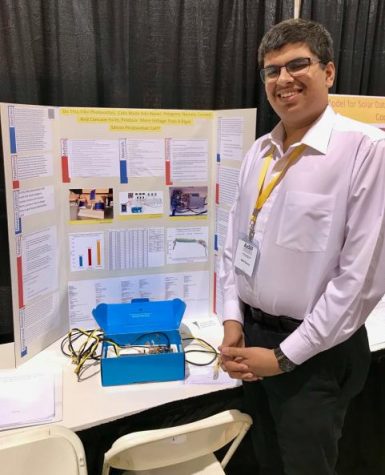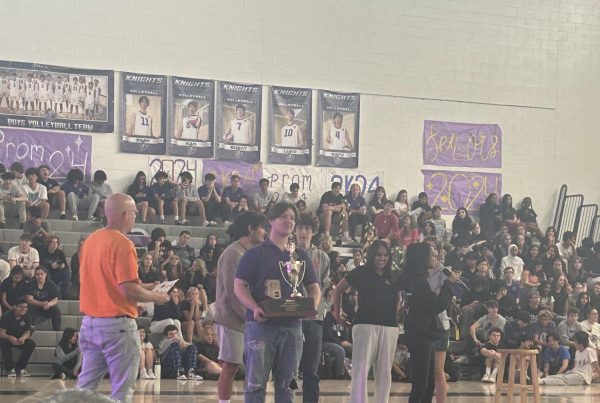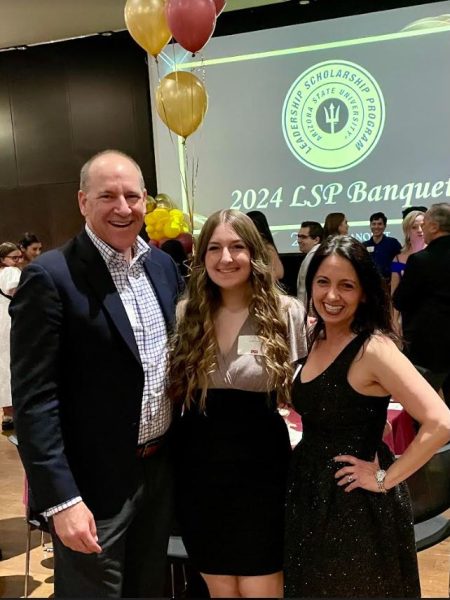Placing At AzSEF
On Friday, March 23, the Phoenix Convention Center was bustling with activity. Students anxiously stood next to cardboard displays showcasing their various projects, hoping for judges to stop by and take a look at what they accomplished. When they were approached by judges, they answered several questions about their project, including what the projects were about and how they can be applied to the world. The students also elaborated on the processes and specific details of their projects, showing off their knowledge about the subject. Sahil Sharma, a sophomore here at ACP, was one of these many students.

The idea behind Sahil’s project was finding a way to make the less efficient film panels work as well as the rigid silicon panels do. He explained that, “at this point we can’t change the internal hardware of the solar panel, but we can implement a low-cost ‘cradle’ that moves the solar panel throughout the day with the sun.” So in his experiment he did just that, testing what shape would provide maximum efficiency for his concept. While he did this, he also had a silicon panel with the same setup, so it was moving as well. The panel in a concave shape performed the most efficiently even when compared to the silicon panel. Next year, Sahil plans on taking his project to the next level by using industrial grade materials. In doing this, he would be able to test his concept on a larger scale so that it could be applied to consumer level solar panels. Taking inspiration from solar farms, Sahil hopes his project can help pave a way toward more affordable solar panels for housing.
Sahil has been to AzSEF two times in the past, making this his third time, but this was his first time placing at AzSEF. He received a third place prize in the physical energy category. He was surprised by his accomplishment, saying, “I did not expect this project to get me anywhere, let alone AzSEF. This was for myself, just to prove that my concept was solid and I could do something like this.” For any aspiring scientists hoping to succeed in their own science fair journeys, he suggests finding a topic that inspires you. Once you have found that, you should “scale down a large problem into something you can manage.” Simplifying concepts and then expanding on and developing them is a great way to make an interesting, applicable project.







